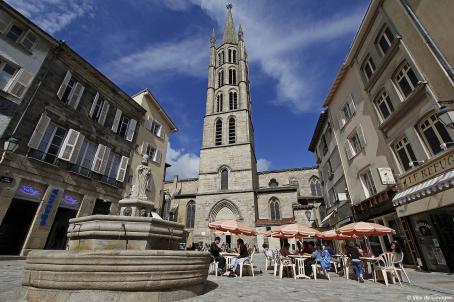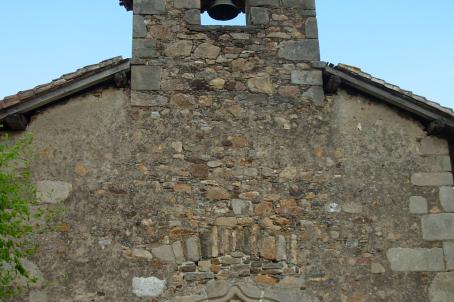Limoges Cathedral
The construction of the cathedral began with the choir in the 13th century, and continued in particular in the 15th century (the works were interrupted for the first time in 1327 for lack of resources). Work resumed in the 19th century, particularly in the nave and narthex.




